News Desk

A new study shows that the Milky Way is too big for its “cosmological wall”, something yet to be seen in other galaxies. The new research is published in Monthly Notices of the Royal Astronomical Society.
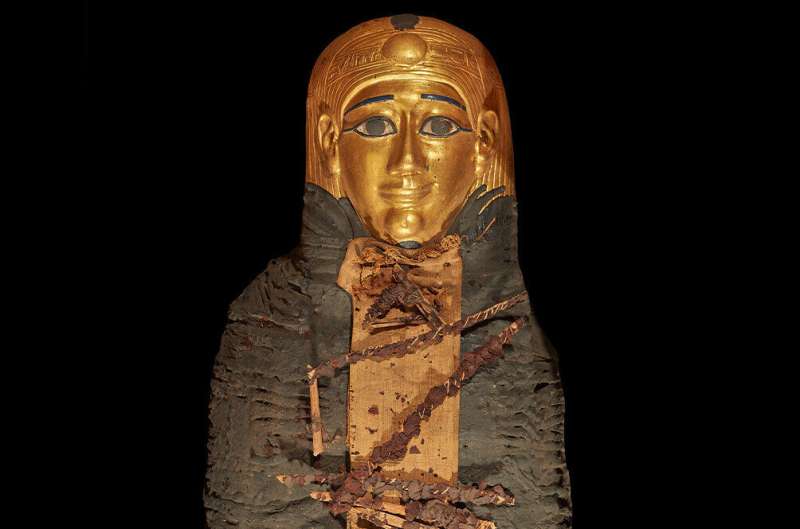
The ancient Egyptians believed that when we died, our spiritual body sought out an afterlife similar to this world. But entry into this afterlife wasn’t guaranteed; it first required a perilous journey through the underworld, followed by an individual last judgment.
Archaeologists have discovered a 7,000-year-old mass grave in Slovakia containing 38 skeletons, with all but one decapitated. The remains were found at the Vrá ble-Vèlke Lehemby site in Slovakia, one of the largest settlements of the European Neolithic period.

In the 1930s, a tarnished bronze sword was pulled from the banks of the Danube River that runs through Budapest.

This study shows that directing humans’ attention to interesting locations may not be something that every domestic animal can do.

A small indigenous community is fighting a historic land rights claim in Canada – and they are using ancient trees and famed British explorer Captain Cook’s journal to help make their case.
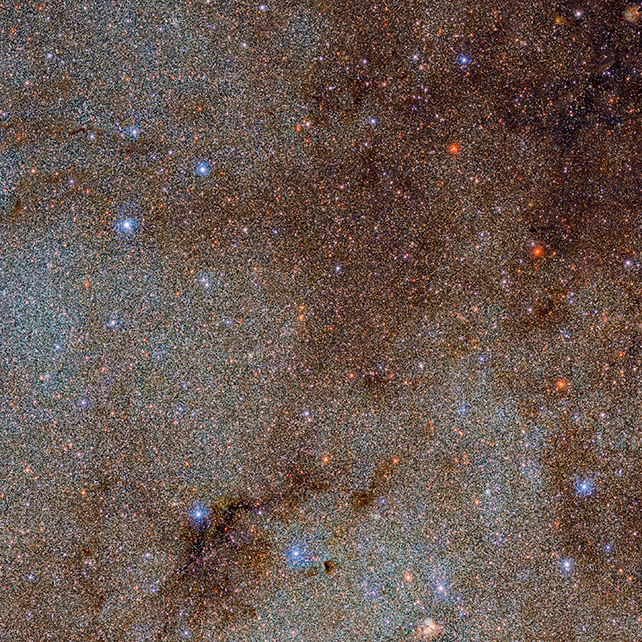
We have the Dark Energy Camera (DECam) to thank for this beautiful shot of space, part of the Víctor M. Blanco 4-meter Telescope at the Cerro Tololo Inter-American Observatory (CTIO), some 2,200 meters (7,218 feet) above sea level in Chile.

A new study published in the Journal of Psychopharmacology is the first to characterize the psychological impacts of psilocybin among people with bipolar disorder.
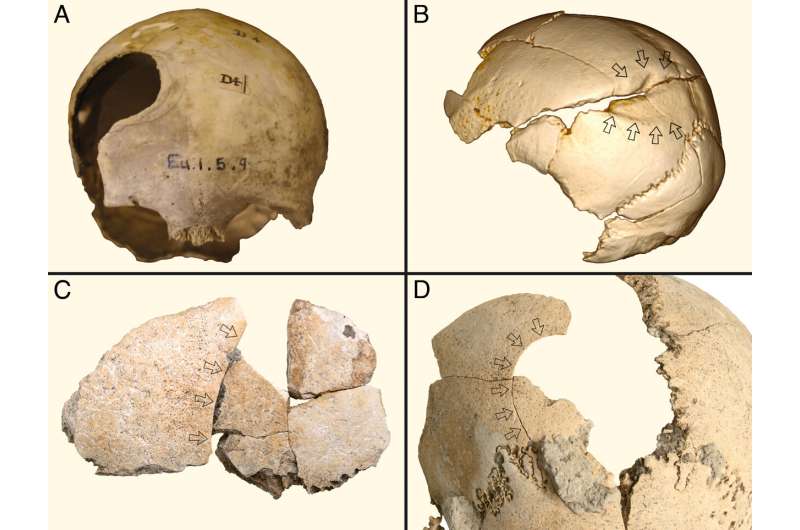
Contrary to the view that the Neolithic era was marked by peaceful cooperation, the team of international researchers say that in some regions the period from 6000BCE to 2000BCE may be a high point in conflict and violence with the destruction of entire communities.
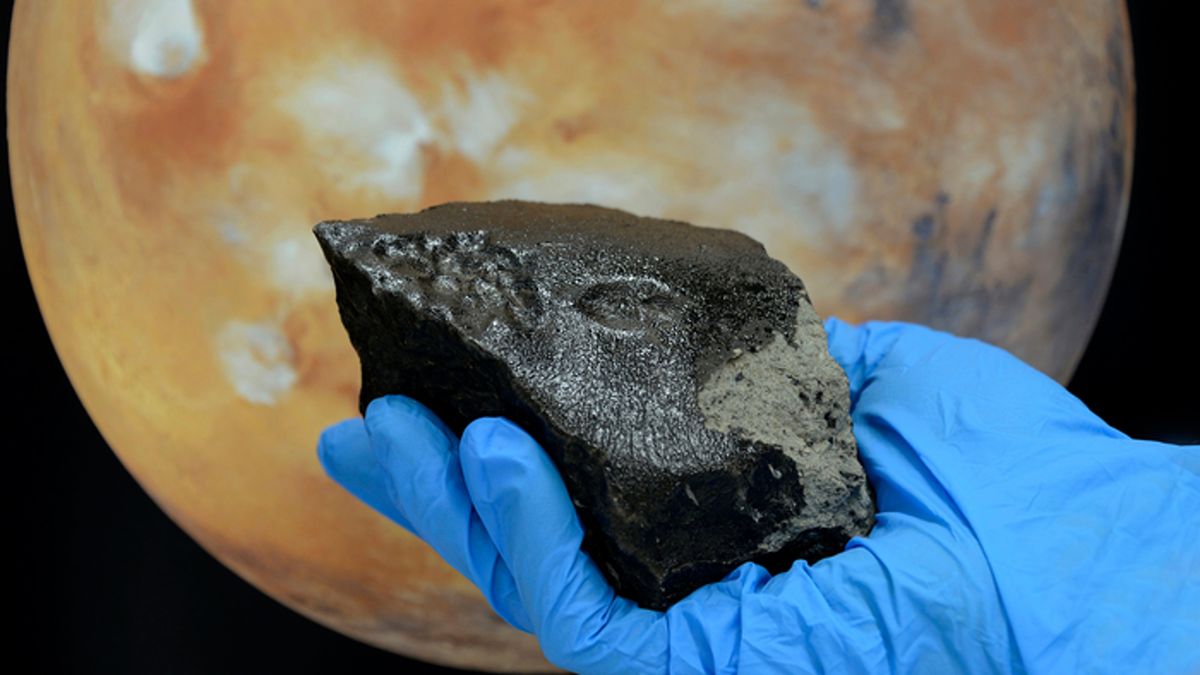
A new study into the Tissint meteorite, which crash-landed in Morocco in 2011, revealed a wide array of organic compounds hidden in the rare space rock.

Undergoing a brush with death may sound terrifying. But people who have had a near-death experience (NDE) typically report feeling peace, comfort, and calm throughout the ordeal.
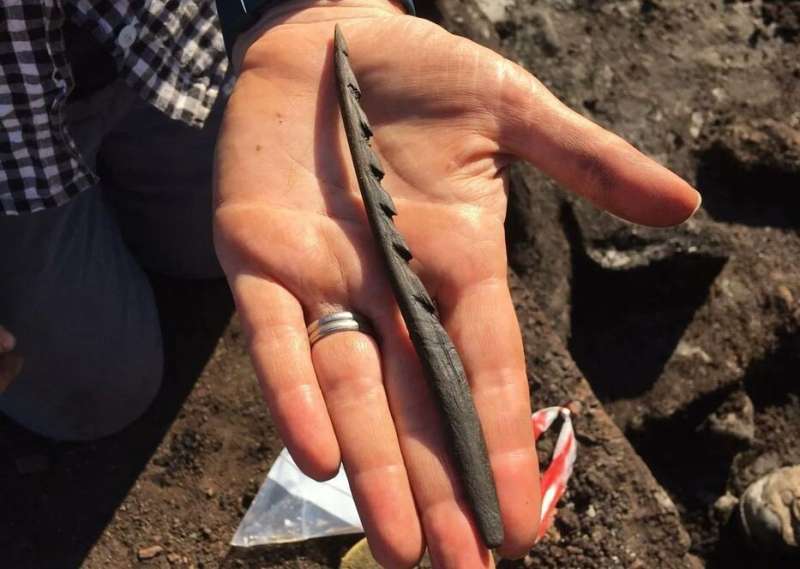
A team of archaeologists from the Universities of Chester and Manchester has made discoveries which shed new light on the communities who inhabited Britain after the end of the last Ice Age.
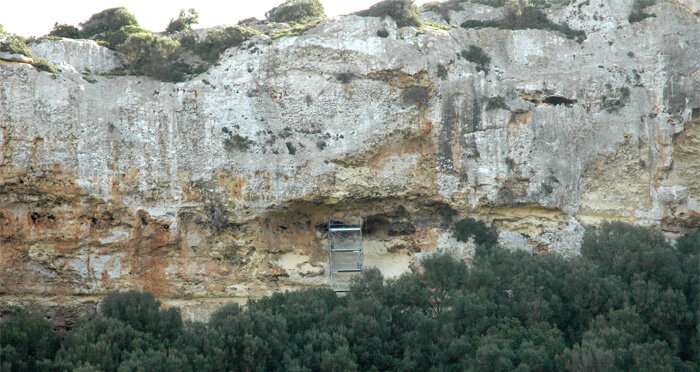
Researchers from a variety of Spanish institutions have managed to reconstruct the diet of some 50 individuals buried more than 3,000 years ago in the Cova des Pas’ necropolis in Menorca.
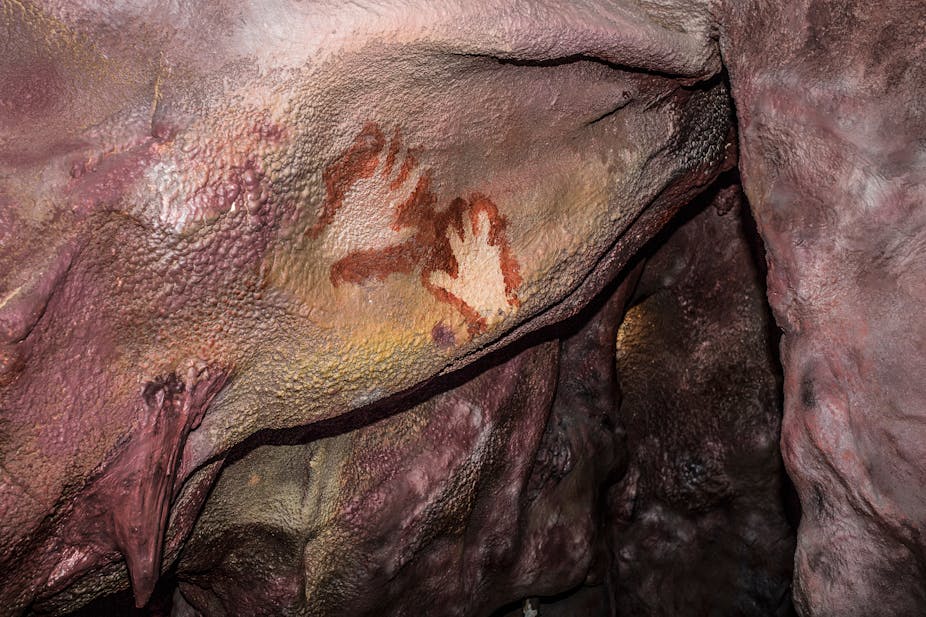
One of the most hotly debated questions in the history of Neanderthal research has been whether they created art. In the past few years, the consensus has become that they did, sometimes.
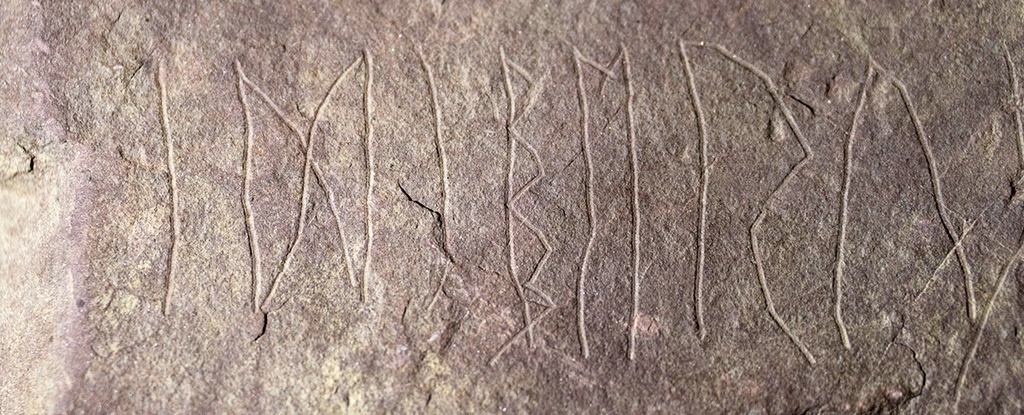
Norwegian archaeologists believe they have found the world’s oldest runestone inscribed almost 2,000 years ago, making it several centuries older than previous discoveries, they announced on Tuesday.
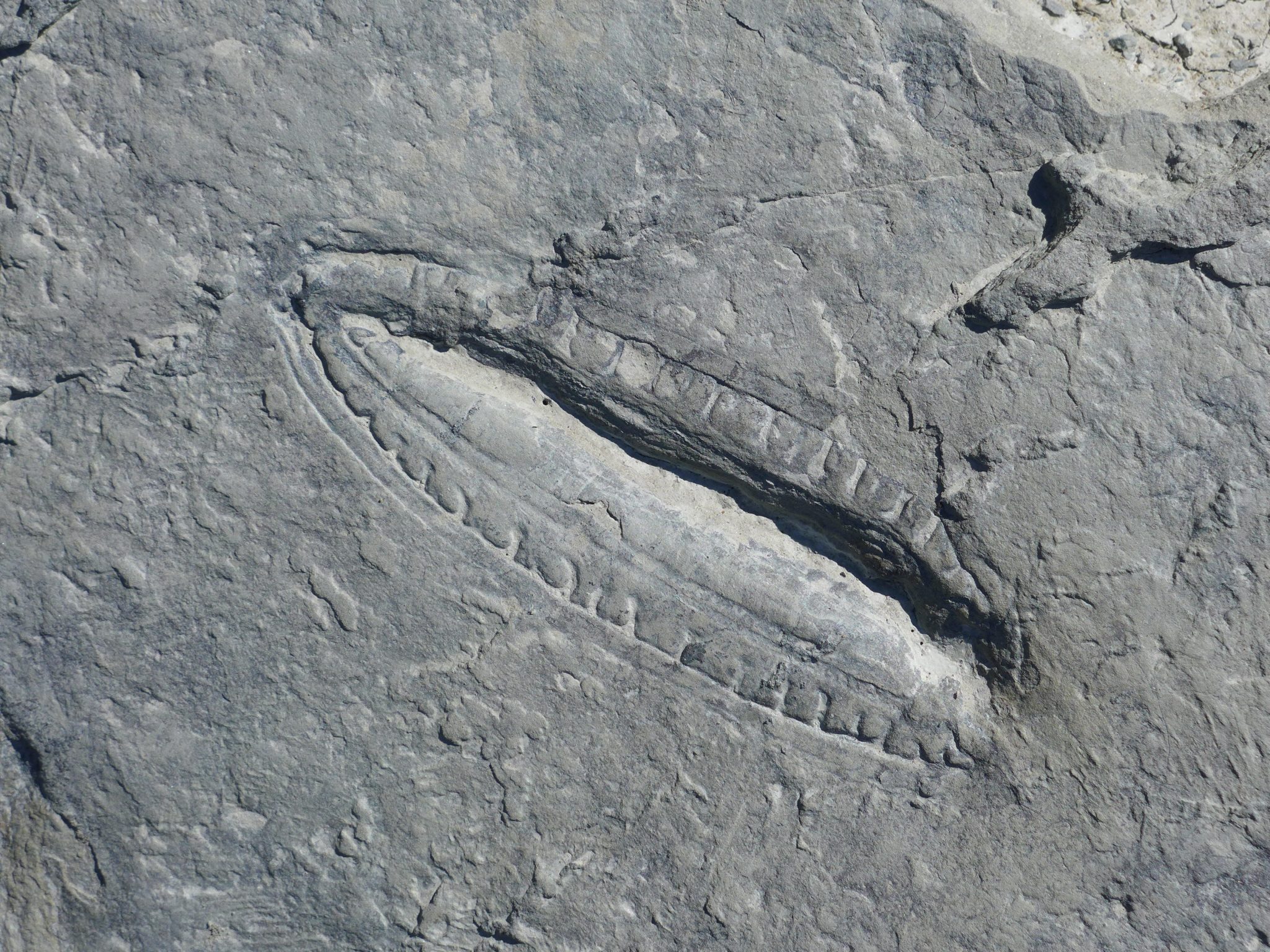
Scientists from The Australian National University (ANU) have uncovered new insights into the physiology of our earliest animal ancestors by studying the contents of the last meal consumed by the Ediacara biota, the world’s oldest large organisms dating back 575 million years.








